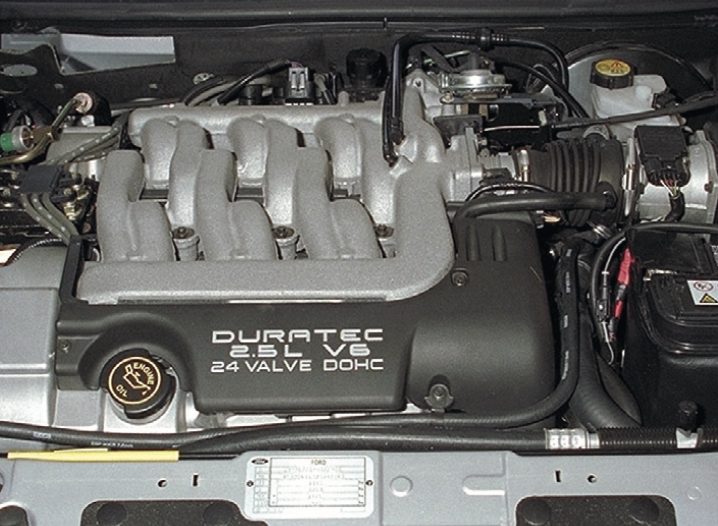Water-cooled electrical systems in cars may not be the first thing that comes to mind when you think of automotive technology, but it’s a crucial component that can make a big difference in a car’s performance and longevity. In this blog post, we’ll take a closer look at what water-cooled electrical systems are, how they work, and why they’re becoming increasingly popular in modern cars.
First, let’s start with the basics. The electrical system in a car is responsible for providing power to everything from the headlights and stereo to the engine control unit (ECU) and other critical components. This power is generated by the car’s alternator, which converts mechanical energy from the engine into electrical energy. However, as anyone who’s ever popped the hood of a car on a hot day can attest, generating electricity creates heat. And when electrical components get too hot, they can fail or wear out much faster than they would otherwise.
Enter the water-cooled electrical system. Unlike traditional air-cooled systems, which rely on ambient air flow to dissipate heat, water-cooled systems use a dedicated cooling system to keep electrical components at a consistent, safe temperature. This is typically achieved using a small radiator, similar to the one used for the car’s engine coolant, that circulates water or another coolant through the electrical system.
But why is this important? For starters, a cooler electrical system is a more efficient one. By keeping electrical components at a consistent, optimal temperature, a water-cooled system can help reduce energy waste and extend the life of critical components. Additionally, because water-cooled systems are better at dissipating heat, they can help prevent electrical fires and other safety hazards that can arise from overheating.
Perhaps most importantly, water-cooled electrical systems are becoming increasingly popular in modern cars because they allow for more advanced and sophisticated electrical systems. With more and more cars relying on complex sensors, ECUs, and other electronic components to deliver advanced features like advanced driver assistance systems (ADAS), infotainment systems, and more, it’s essential that these components are kept in top condition. Water-cooled electrical systems help ensure that these components operate reliably and efficiently, even under heavy use.
In conclusion, water-cooled electrical systems may not be the flashiest or most talked-about aspect of modern cars, but they’re a critical component that can make a big difference in a car’s performance, efficiency, and safety. As cars continue to become more advanced and reliant on complex electronics, it’s likely that we’ll see more and more vehicles adopting water-cooled systems in the years to come.
At the heart of a water-cooled electrical system is the dedicated cooling circuit, which is usually made up of a small radiator, a water pump, and a thermostat. The radiator, which is often mounted near the engine’s main coolant radiator, is designed to dissipate heat from the electrical system by circulating water or another coolant through a series of fins, which helps transfer heat to the surrounding air.
The water pump, which is usually driven by a belt or electric motor, is responsible for circulating coolant through the cooling circuit. This ensures that heat is continuously transferred away from the electrical components, helping to prevent overheating and other damage.
Finally, the thermostat helps regulate the temperature of the cooling circuit by controlling the flow of coolant. When the engine is cold, the thermostat remains closed, preventing coolant from flowing through the cooling circuit. As the engine warms up, the thermostat opens, allowing coolant to flow through the circuit and cool the electrical components.
One advantage of a water-cooled electrical system is that it can be integrated into the car’s existing cooling system, using the same coolant as the engine. This can help reduce complexity and cost, as well as ensure that the system is maintained and serviced in the same way as the rest of the car’s cooling system.
Another advantage of water-cooled electrical systems is that they can help reduce noise and vibration in the car. Because the system is designed to dissipate heat through a radiator, rather than relying on air flow, there is less need for fans or other noisy components that can create vibration and noise.
Finally, it’s worth noting that water-cooled electrical systems are not new technology. They have been used in industrial and aerospace applications for decades, and have become increasingly common in cars as automotive technology has advanced. As cars continue to become more reliant on electronics, it’s likely that we’ll see water-cooled electrical systems become even more prevalent in the years to come.
Advantages:
- Increased efficiency: By keeping electrical components at a consistent temperature, water-cooled electrical systems can help reduce energy waste and improve efficiency.
- Improved reliability: Heat is a common cause of electrical component failure, and water-cooled systems help mitigate this risk by keeping components cooler and more stable.
- Increased safety: Overheating electrical components can create fire hazards and other safety risks. Water-cooled systems can help prevent these hazards by keeping components at a safe temperature.
- Quieter operation: Because water-cooled systems rely on a radiator to dissipate heat, they generate less noise and vibration than traditional air-cooled systems that rely on fans or other components.
- Allows for more advanced electronics: Water-cooled systems are essential for ensuring that advanced driver assistance systems, infotainment systems, and other electronics operate reliably and efficiently.
Disadvantages:
- Increased complexity: Water-cooled electrical systems are more complex than traditional air-cooled systems, and may require additional components and maintenance.
- Cost: Water-cooled systems can be more expensive to design, manufacture, and install than traditional air-cooled systems, which may make them less accessible for entry-level vehicles.
- Maintenance: Water-cooled systems require regular maintenance, including checking coolant levels and changing coolant, which can add to the cost and complexity of owning and operating a car.
- Potential for leaks: Any system that uses coolant is at risk of leaks, which can cause damage to the electrical components and other parts of the car.
- Weight: Because water-cooled systems require additional components like radiators and pumps, they can add weight to the car, which can reduce fuel efficiency and performance.
In summary, while water-cooled electrical systems offer many benefits over traditional air-cooled systems, they also come with some disadvantages that car manufacturers and consumers need to consider. Ultimately, the choice between water-cooled and air-cooled systems will depend on factors like cost, complexity, and the specific needs of the car and its electronics.










